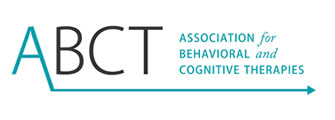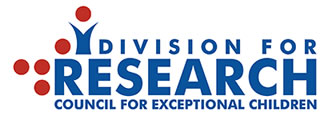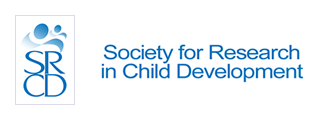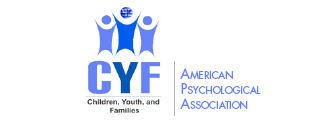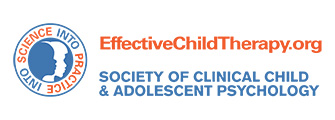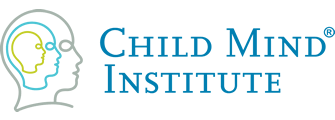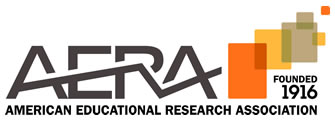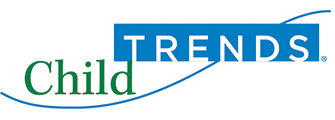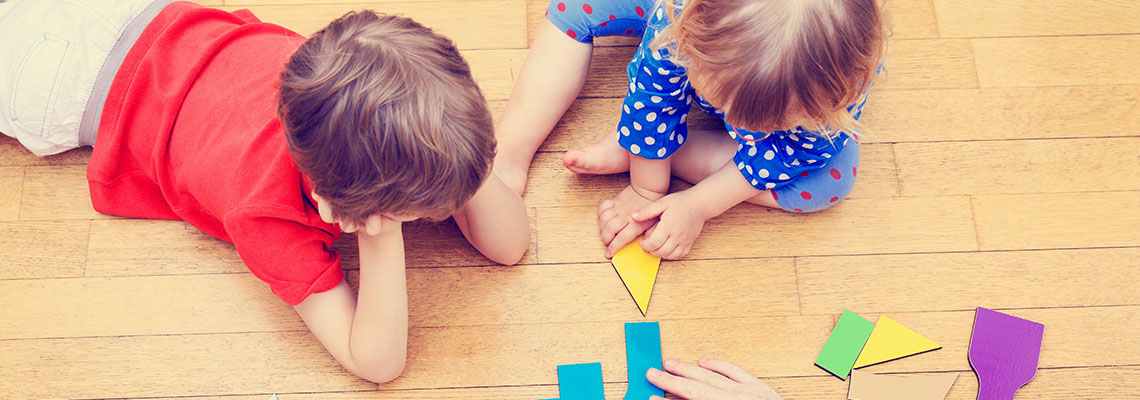
Holiday season 2016 promises to be a banner year for “educational” toys. Well meaning parents, caught in the frenzy of holiday shopping, are lured by claims that they can increase their children’s academic skills by buying “brains in a box” or having children engage with “educational” apps. Fueled by high stakes testing and the fear that American children are trailing their international peers, commercials lead us to buy toys filled with facts and decorated with ABCs and 123s.
What the Children of the Future will Need
Consider the facts that characterize our rapidly changing world:
- A 2013 study from Oxford University estimated that in the next 20 years, the US will lose 47% of its jobs to automation – computers and robots. One of the authors of the Oxford study stated that, “For workers to win the race, however, they will have to acquire creative and social skills.”
- The World Economic Forum conducted an analysis of job requirements in a world in which genetics, 3D printing, nanotechnology, and smart systems for homes, factories, and farms are transforming what it means to work. The skill sets required in both old and new occupations are changing and altering the economic marketplace. In fact, “65% of children entering primary school today will ultimately end up working in completely new job types that don’t yet exist.”
- While the 2016 World Economic Forum report argues for massive educational reform to meet the marketplace’s evolving needs, it also concludes that “technical skills will need to be supplemented with strong social and collaboration skills.” These are not found in the curriculum of our schools.
Helping our Children Succeed
How can we help our children develop the competencies they will need for their futures? We first have to reconsider what we mean by “success.” Success should not be defined by the outcome on narrowly construed tests. And our children are more than their careers. Instead, borrowing from our Canadian neighbors’ mission statement for their schools, in our new book, Becoming brilliant: What science tells us about raising successful children (APA Press), we suggest that success means fostering, “Happy, healthy, thinking, caring, and social children so that they become collaborative, creative, competent, and responsible citizens tomorrow.” Can we reimagine our homes as places that reinforce this vision?
Yes! Because children only spend 20% of their waking time in school, we can support them in learning a breadth of skills at home and in the community. We can move beyond only focusing on Content to include the foundational skills that are not well executed by computers and robots! Take Collaboration and Communciation. We work with people we have never met, in countries we struggle to find on the map. It is critical to build community, social skills, team players and the ability to take the other’s perspective. Ask yourself, can the toys I buy be used with more than one person? If the answer is yes, the toy is an even richer gift for it nurtures working together and interaction – Collaboration.
As geographic boundaries melt away, Communication – a lost art in a world of social media – entails strong language skills, clear writing, and actually listening. Remember the game telephone? Lots of listening games are free and can build children’s ability to keep content in memory.
Content will never go out of style; children need the traditional 3R’s as well as science, history, and the arts. Buy those toys that emphasize more than the 3R’s and invite children to discover and create. Computers are short on Creative innovation too; buy gifts that ask your children to contrive their own stories and paint their own pictures. Coloring within the lines is just not as creative.
One study estimates that we are faced with so much information every day that it is equivalent to 174 newspapers! How will we help our children from being buried in information? We can buy games that make them question each other. Remember the game, Clue: Did the butler use the candlestick in the pantry? This classic game invites Critical thinking — sifting through data to locate evidence relevant to the problem at hand. Critical thinkers – unlike computers and robots – find the gaps and then use Creative innovation to address those gaps. But solutions do not always work. Children need the freedom to learn from their failures and develop Confidence. Roller skating is a great way to build confidence. Kids need to learn that effort is required before you can cruise – literally.
Where Do the 6C’s Come From?
These 6Cs are grounded in thousands of research studies in the science of learning. They can be nurtured (and measured) and can live in our homes through how children spend their time. So this year, as we crowd into the toy aisles or look for great toys online, keep the 6C’s in mind. Which toys can nurture the breadth of skills that will help our children face their hazy futures? We can no longer afford to buy toys that feed into an old-fashioned definition of success. Helping our children be successful in the future — even in the present – demands that we cultivate the 6C’s. This holiday season give the gift of the 6C’s to your children and leave the so-called brain boosters on the shelf.
Proper citation link for this blog post:
Golinkoff, R. M. & Hirsh-Pasek, K. (2016, December 6). The gift of the 6 C’s. Retrieved from http://infoaboutkids.org/blog/the-gift-of-the-6cs

